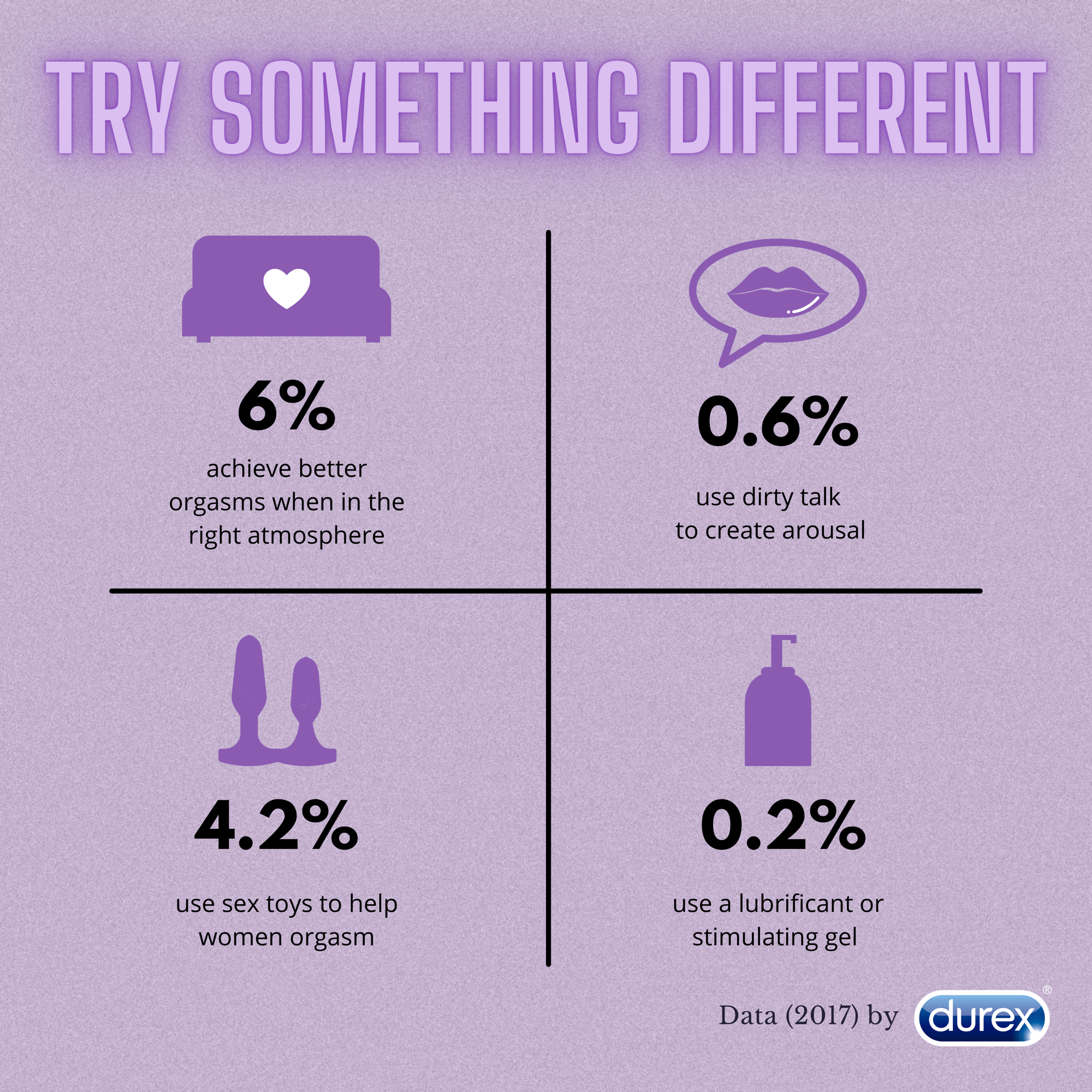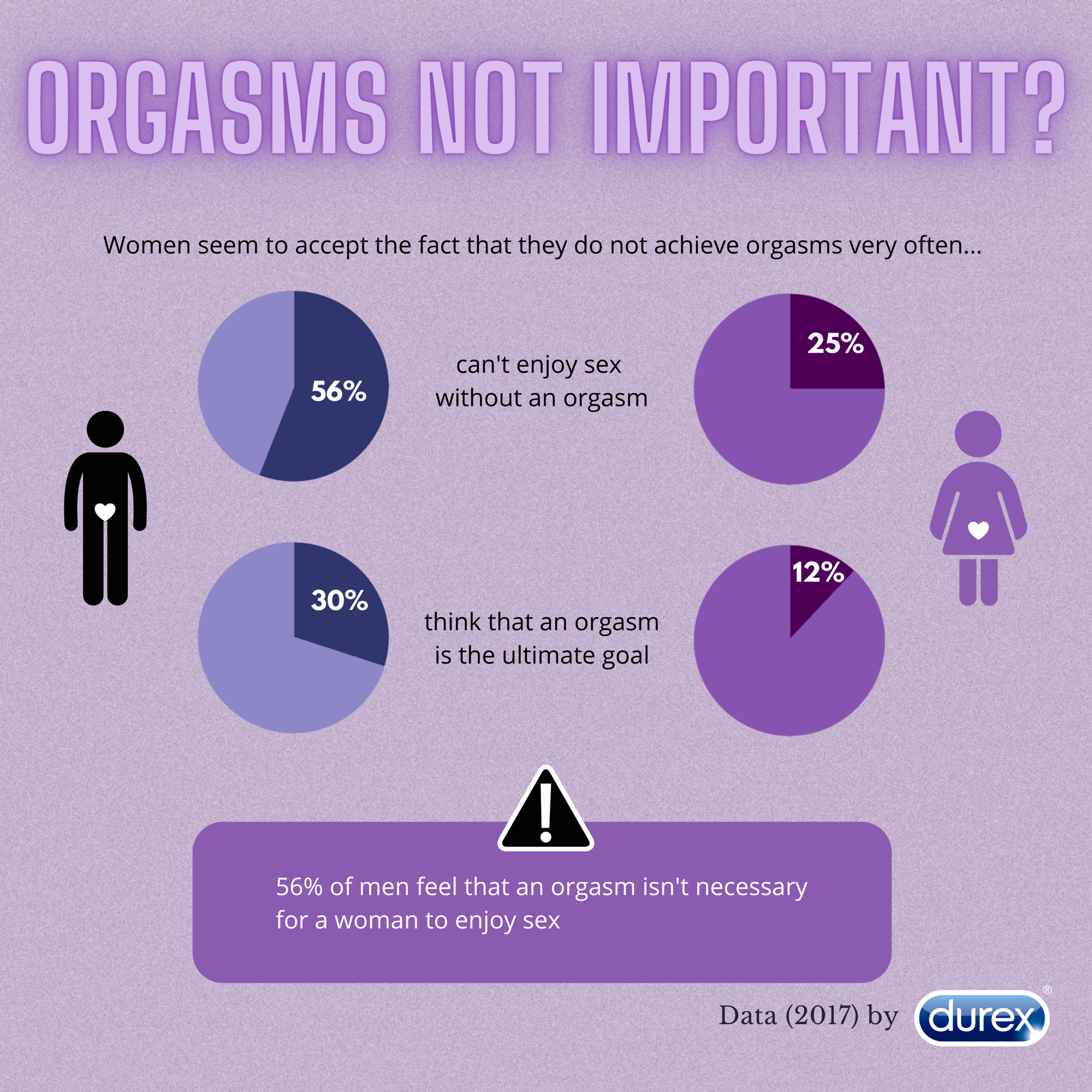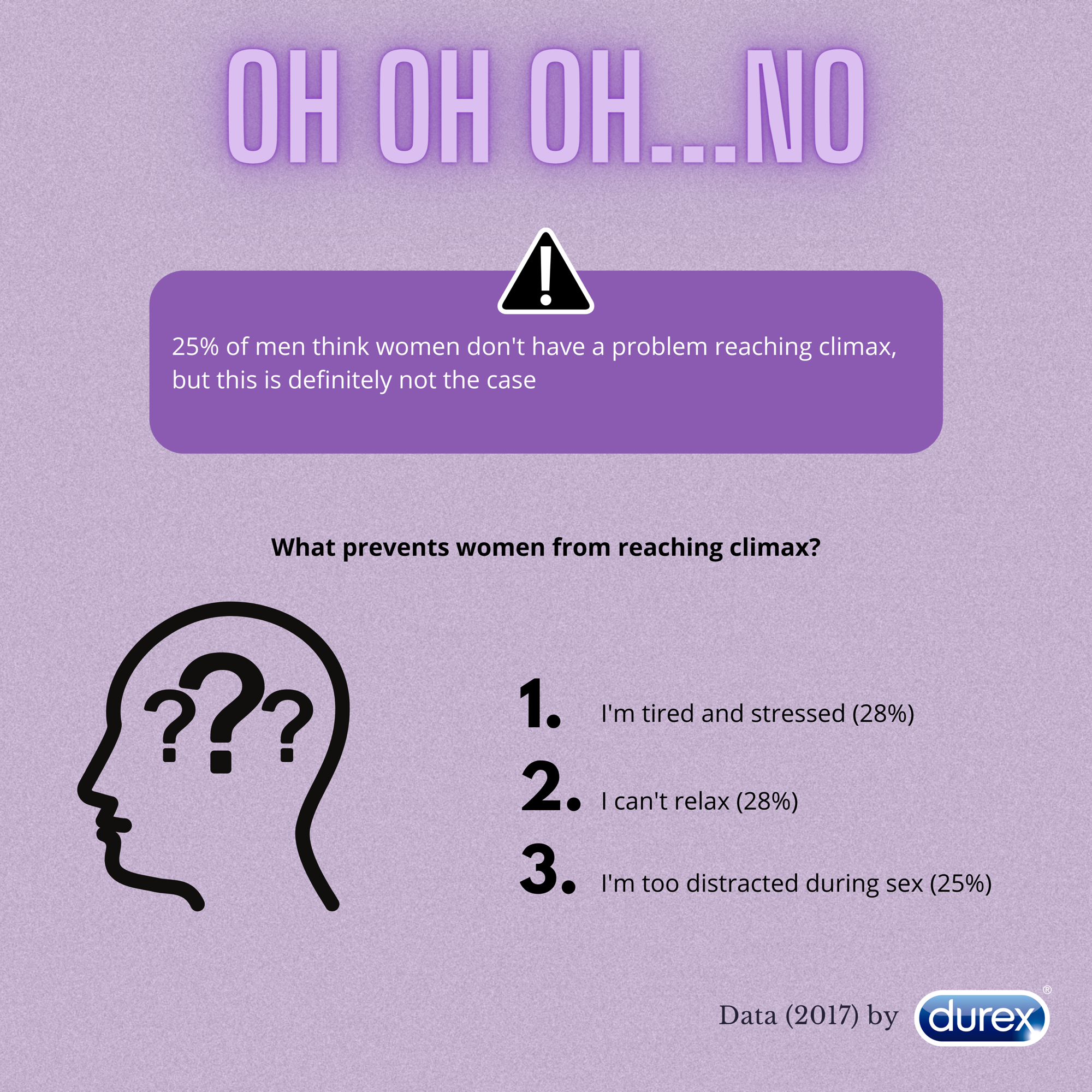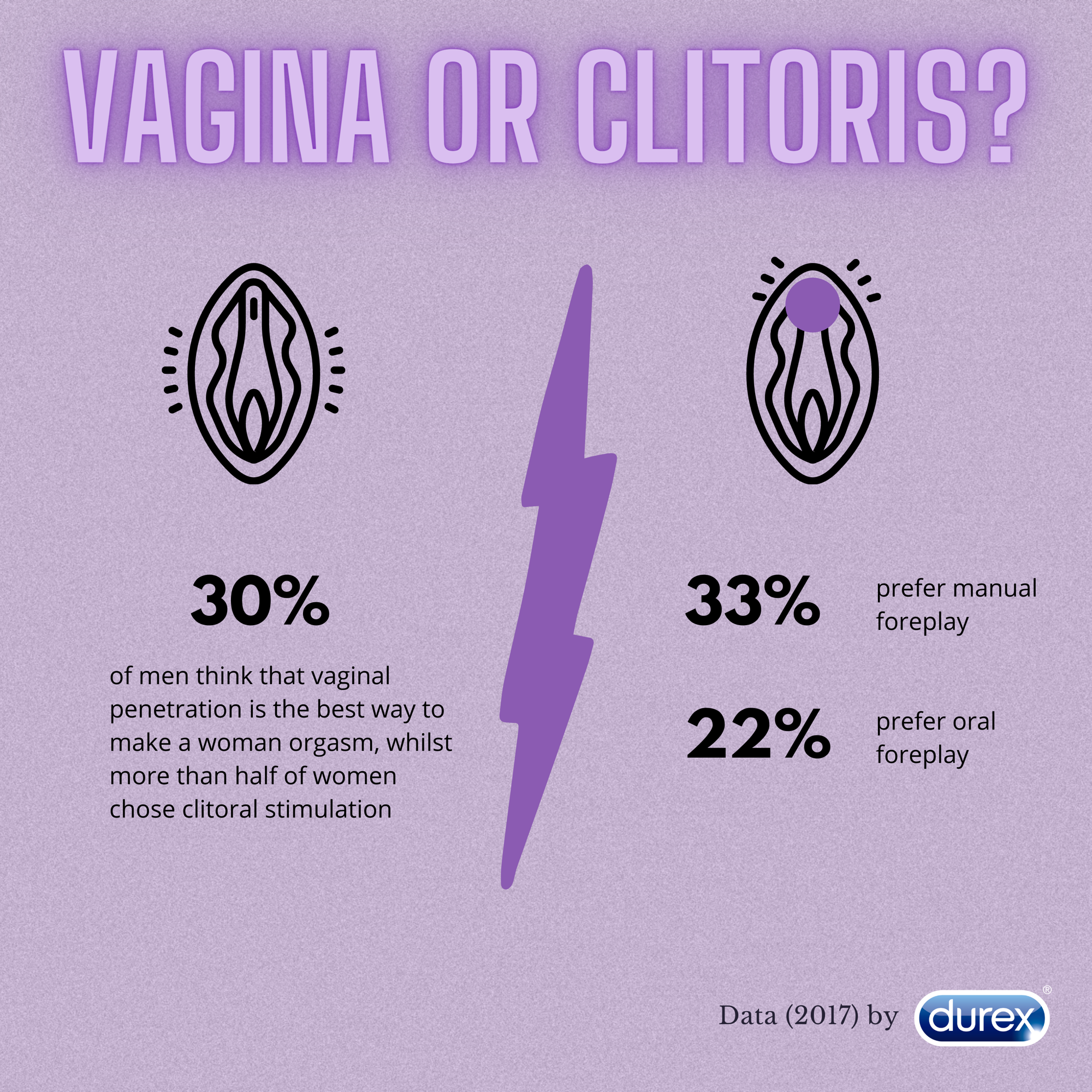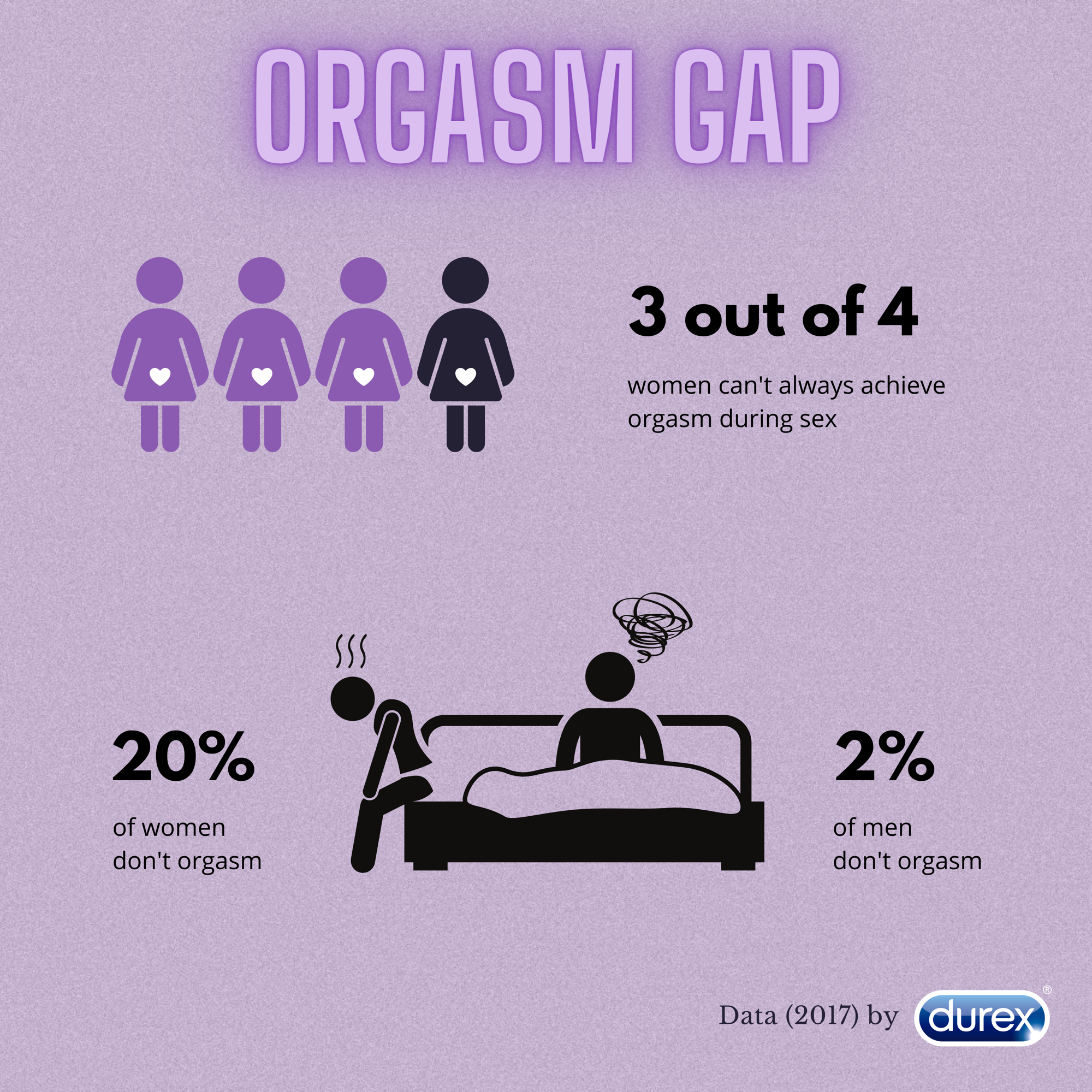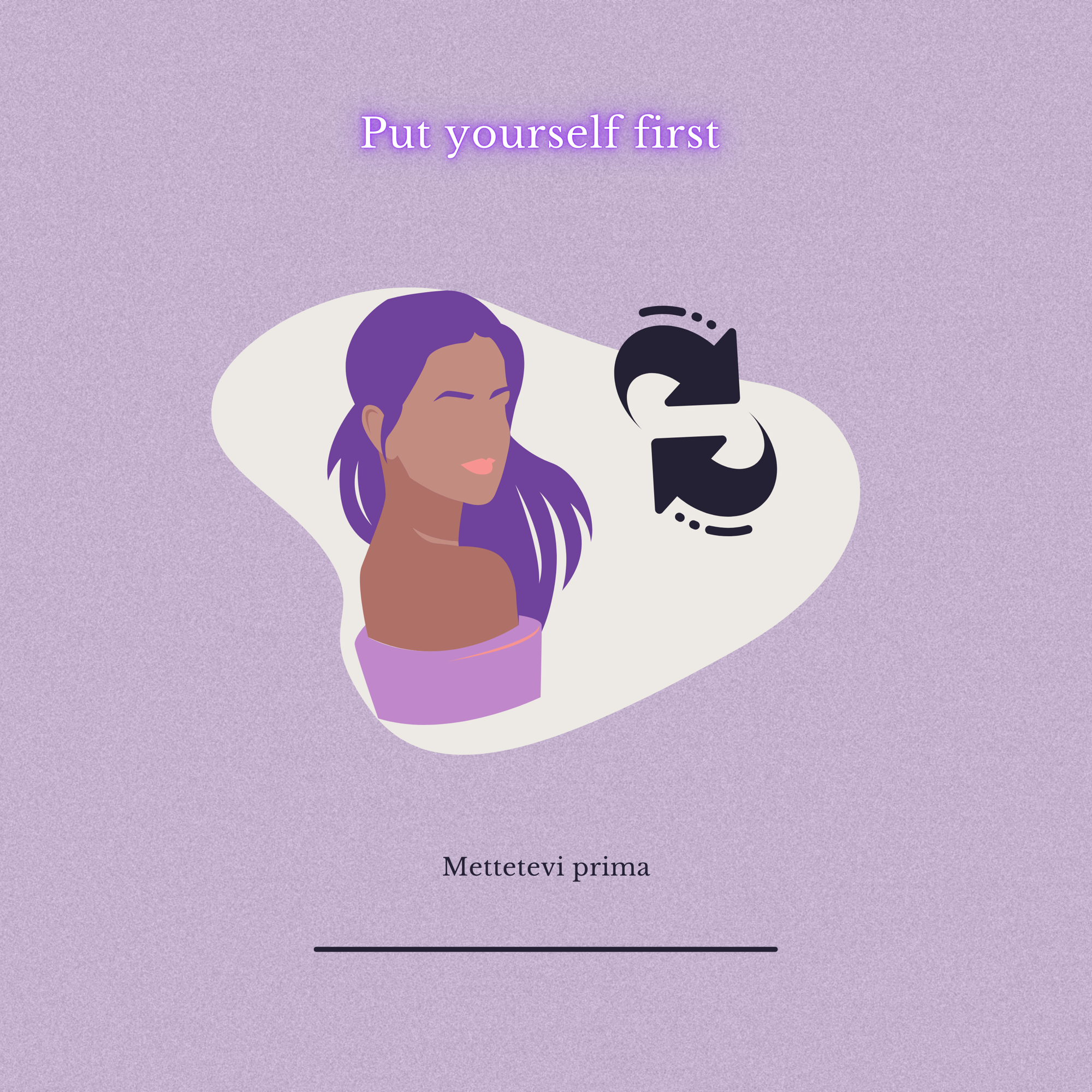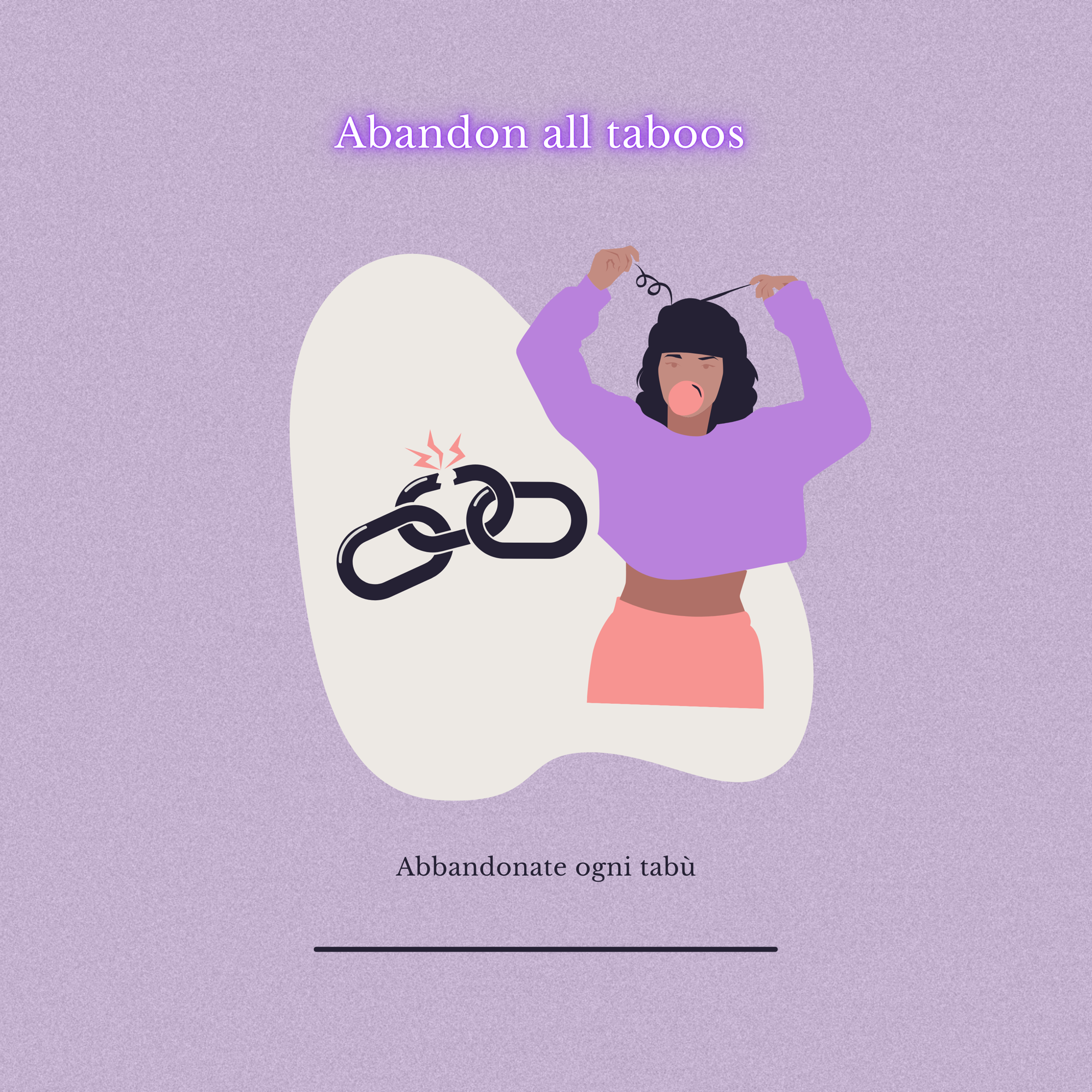
What's the Orgasm Gap? Equality is also achieved in bed
The Global Gender Gap Report is a survey published every year, that traces the gap between men and women in each country, based on economic and political criteria, but also the level of health and education. In the latest report released, it is estimated that gender equality will not be reached for 99.5 years. In short, that gap will not fill up for quite a while. However, there is also another gap that is not talked about much, but that could be filled, personally, in one's "small": the orgasm gap.
It’s also known as the pleasure gap and refers to the disparity present between heterosexual men and women, which concerns sexual satisfaction and in particular the difference in achieving orgasm during intercourse. The orgasm gap is like the difference in wage income between men and women, but perhaps a little more embarrassing (as Sarah Barmak says in the TedTalk The Uncomplicated Truth About Women Sexuality), because it also depends on us.
Some studies about it
One of the most cited research is one carried out by Durex, in 2017, in the Netherlands. According to the data collected, if a man reaches orgasm 98% of the time during sex, 3 out of 4 women cannot say the same. Without considering particular demographic groups, heterosexual women have a significantly lower frequency of reaching orgasm during intercourse, both compared to men and when comparing the statistics with lesbian women.
Another study by the Archives of Sexual Behavior (2017) evaluated the sex lives of over 52,000 US adults, again finding that the group most likely to always orgasm during sex is made up of straight men. In this latest study, it was noted that women who reach orgasm more frequently differ from others for several factors. In fact, they are more likely to receive oral sex and anal sex, they are more satisfied with their relationship, they can communicate better what they prefer to do in bed, they are casual with sexting and dirty talking, they usually wear risqué lingerie, they fantasize a lot about more and are willing to try different sexual positions. The women (in the study) most likely to have an orgasm during intercourse said certain elements can increase their chances of coming: deep kissing, emotional intimacy, communication, openness to change, manual stimulation and/or oral sex in addition to vaginal penetration. However, this does not mean that, by relying on all the above practices, orgasm can be achieved. It is not a script to follow or a magic recipe, far from it; relying on other people's experiences like an instruction booklet mechanizes one's sexual relations.
The most recent resource (2020) regarding the orgasm gap is Orgasm Equality: Scientific Findings and Societal Implications, a systematic review (that is, one that takes the existing studies together) by Elizabeth Mahar, Brianna Akers, and Laurie Mintz, who is among the most famous scholars of the phenomenon, whose research has focused in particular on the rampant inculture of the clitoris. In this precious document, the roots of the orgasm gap are analyzed from a scientific, anthropological, and psychological point of view.
The causes of the orgasm gap
The causes of the orgasm gap not only include the personal difficulties of individuals, but socio-cultural explanations also come into play.
One can think, first of all, of pornographic imagery. A mainstream straight porn video (very distant from female and feminist porn) ends in 90% of cases with male ejaculation. It doesn't matter what the woman is feeling or in what position she is: she must immediately snap and place herself at the feet of a faceless man, reaffirming for the umpteenth time how secondary female pleasure is and creating a hierarchy between orgasms. This narrative, which often includes sexual myths, can influence the construction of what we think a "normal" sexual activity is like. All of this brings with it a series of problems: it leads to the belief that sex is only penetrative and that female orgasm can only be achieved through PIV practices (ie penis in vagina). It also presents a plot in three acts (foreplay, penetration, orgasm) to follow, regardless of the desires and needs of each one.
Secondly, there is the lacking of sex education, which could dispel the myths proposed by mainstream pornography, and deconstruct the unrealistic expectations that have been created. To which is also linked, as anticipated before, great ignorance of the female anatomical composition. Knowing the conformation of the clitoris or, at least, knowing how to distinguish the vulva from the vagina are essential theoretical premises both for understanding firsthand how to stimulate one's pleasure and for understanding how to communicate it to the other person, to guide it. This lack of knowledge, of course, is even more consistent in straight men.
Communication difficulty is another point to keep in mind, which is often due to embarrassment and shame. Certainly, this problem must not be placed only in couple relationships, more or less stable, but also in hookup culture, in fact in occasional encounters it could be difficult to communicate what kind of stimulation you like best. Last but not least cause is the presence of strong taboos and socio-cultural conditioning. Researchers agree that the social context in which one is inserted has great repercussions on performance anxiety and the evaluation of one's sexual satisfaction.
Intimate Justice: not just a personal matter
In order to understand how the social and cultural context influences the imagination on sexual experiences, in 2010 prof. and feminist psychologist Sara McClelland analyzed the concept of Intimate Justice. Social conditions, such as gender stereotypes or sexual stigma, act on us by affecting what we think we deserve in our intimate life.
This intimate justice also investigates the concept of satisfaction. Does having an orgasm during intercourse mean being satisfied? According to McLelland no. People measure their satisfaction according to a personal scale, but also by making a social comparison that derives from their context of life (where and when they were born, with what types of people they have contact, what type of education was received, etc). In fact, for McLelland, before evaluating personal satisfaction, four antecedent levels come into play: social, psychological, interpersonal (or relational), and behavioural. Probably a woman from an Italian village in the 1930s had no idea what it meant to be satisfied (also because no notions of sexual education or anatomy were handed down to her). But we are in 2021 and, as the writer Peggy Orenstein said, «we’ve raised a generation of girls to have a voice, to expect egalitarian treatment in the homes, in the classroom, in the workplace. Now it’s time to demand that ‘intimate justice’ in their personal lives as well».
How to close the orgasm gap
Some tips:
- If you've never done it before, study how to explore yourself and your pleasure. In second-wave feminist self-awareness groups, women were invited to become aware of their anatomy, even by putting themselves in front of a mirror without underwear. Discovering and experimenting with auto-eroticism is the first step in understanding which are the most sensitive points, what kind of pressure we like, whether clitoral stimulation can also be combined with more or less deep penetration, etc.
-
Abandon all taboos and clear the cultural imaginary. There is no "right" or "wrong" stimulation. Only what makes you feel comfortable and therefore works for you is worth it. If a performer of a Pornhub video has had "multiple orgasms" in a specific position, the same is not necessarily going to happen in your relationship (in fact it is highly unlikely). Furthermore, even in pseudo-romantic Hollywood movies, the idea is conveyed that the climax is always and only reached with penetration and with loud screams: no.
-
Open up to a more serene dialogue. Discovering ourselves also serves to explain to another person how we like to be touched. Communication is fundamental, there should be no embarrassment in guiding each other: "I would like to be touched like this", "would you like to try to do it this other way?".
-
Don't blame yourself, because you are not broken if you do not reach orgasm and the same also applies to partners. It may happen that, due to toxic masculinity, men feel belittled for not being able to "satisfy" the other person. Sex is a sharing of pleasure, not a test of virility. It is a path that is undertaken together and it is not necessary to blame either ourselves or others.
-
Try new things. Play more with foreplay, with mutual masturbation, changing positions and modes, or maybe even introducing sex toys. Penetration is not the only way to have sex, and it can be combined with many other types of stimulation.
-
Another method could be to "go first", that is, change the precedence of orgasm. Most of the time intercourse ends with male ejaculation, we have already seen this, and some women pretend to have had an orgasm, end of games. You two (or more, who cares?) might try to focus on female pleasure first. If he is about to cum and you are not, you can ask him to stop and stimulate only you, keeping his arousal level high and getting you to the plateau level too (which in the physiology of the sexual response is the moment before the orgasm).
-
Don't overthink, because a relationship that follows mechanical steps only leads to a stiffening of the muscles which therefore does not allow you to relax even physically. It doesn't have to be a cumbersome ceremony as in The Handmaid's Tale. There are no steps to follow except those that make you feel more comfortable.
A little disclaimer: don't take what is recommended literally. Each person finds their own pleasure with their times and methods. You don't have to be in a hurry, you don't have to feel obligated or pushed by the pressing rhetoric of "you must necessarily know this pleasure to fulfil yourself", because it is not like that.




















































